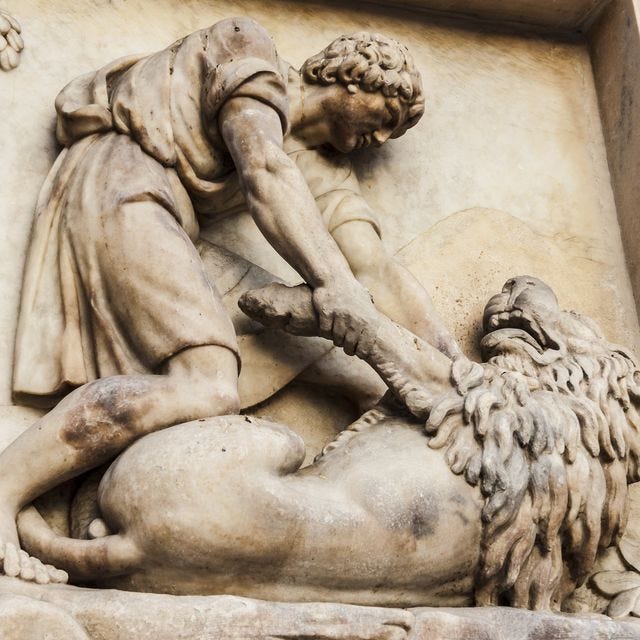Archaeologists discover a Roman gladiator’s skeleton with bite marks from a Lion
Latest News
Reported by Popular Mechanics:
Ranging from as far as Egypt in the east to England in the west, the power and influence of the Roman Empire remain legendary. But certain voluptas, or pleasures, that the populace indulged in cast shadows on its glory.
Gladiators, for instance, fought each other—and often animals—to the death in arenas where bloodier was better. Ancient Romans often delighted in watching carnivores tear apart criminals and other perceived deviants, or staging “beast hunts” known as venationes. Hunt scenes recreated in the arena put gladiators up against bears, bulls, stags, wild boars, and some more exotic species such as lions, leopards, tigers, and even elephants.
These spectacles were documented in mosaics, pottery, metalwork, and other artifacts, some of which show menageries of dangerous and exotic creatures snarling at human combatants. Hardly any skeletal evidence of gladiatorial combat has survived. But in what was once the city of Eboraceum (now York) archaeologists have unearthed bone fragments that most likely belonged to one of these gladiators, and they showed marks that looked suspicious to archaeologist Tim Thompson. It appeared that this gladiator had, at one point, ended up in the jaws of a lion.
“The analysis of the lesions on skeleton 6DT19 provides convincing evidence that these were produced from the teeth of a large cat, such as a lion,” Thompson and his team said in a study recently published in the journal PLOS ONE. “Whether the trauma inflicted happened as part of a show or an execution, this evidence from York also carries several further potential insights.”
York used to be a legionary fortress in Roman times. Because it was forbidden to bury the dead within settlements, they were instead laid to rest at the edges of roads leading out of urban areas, which is evident in Driffield Terrace. Roman burials in the area date back to as early as the first and early second centuries A.D., and bodies would continued to be interred there until the late fourth century A.D. What stands out about many of the skeletons exhumed from this site are antemortem and perimortem injuries. It appears that these were gladiators—young to middle-aged men who may have come out of at least one fight alive, only to meet their end in the next.
Read more here.




Fascinating! Wonder if they found any lion skeletons in York, as well.